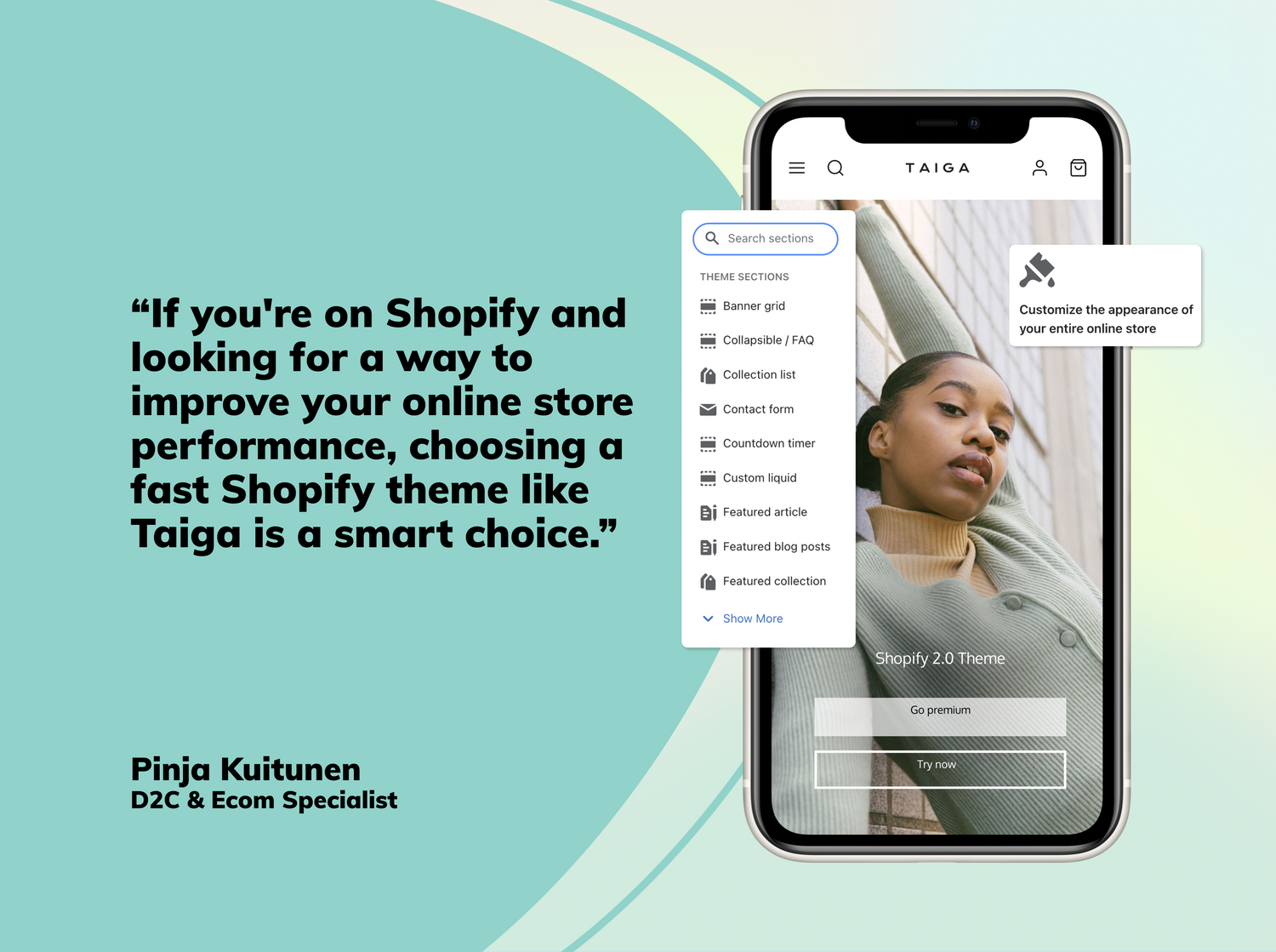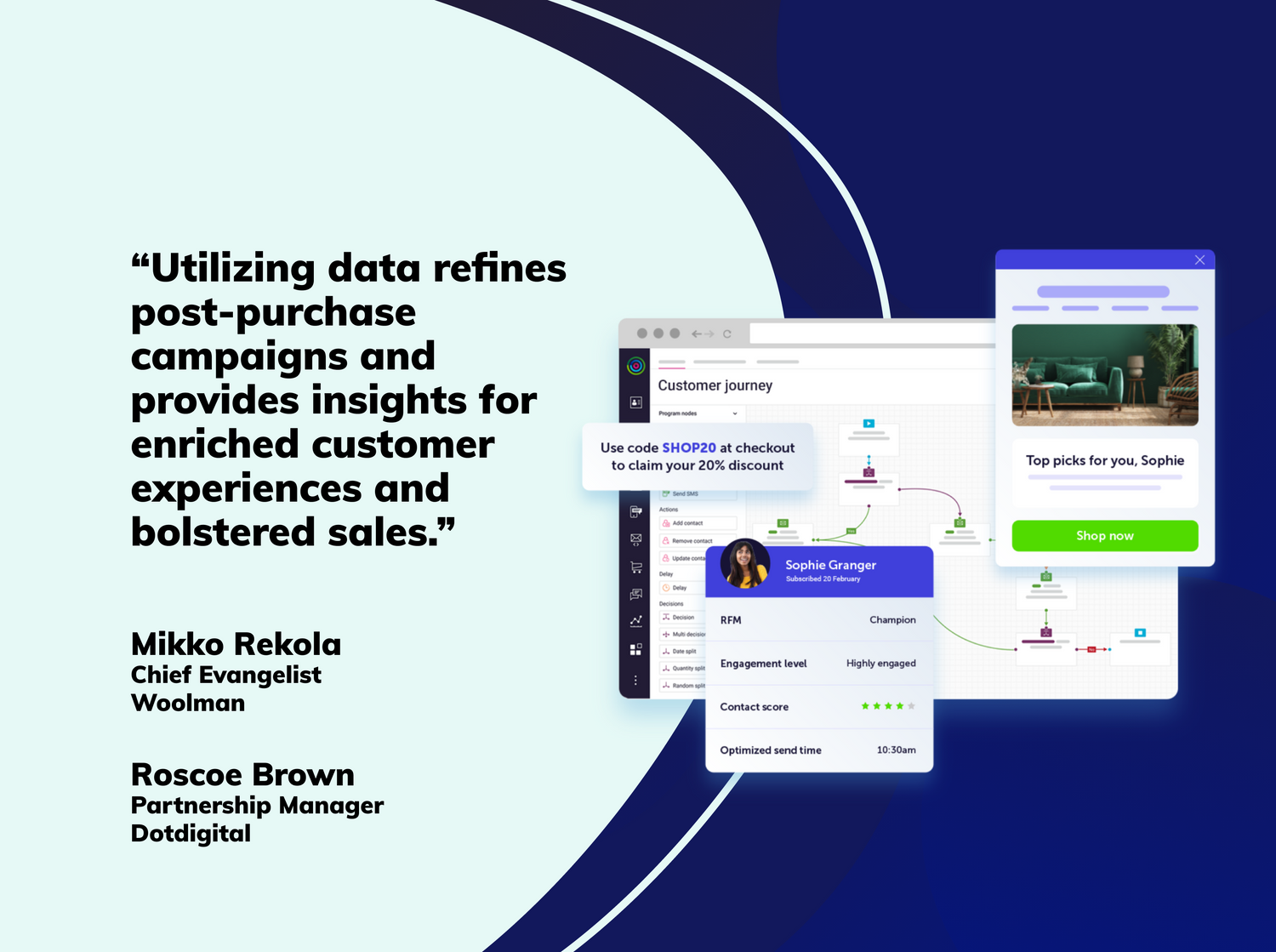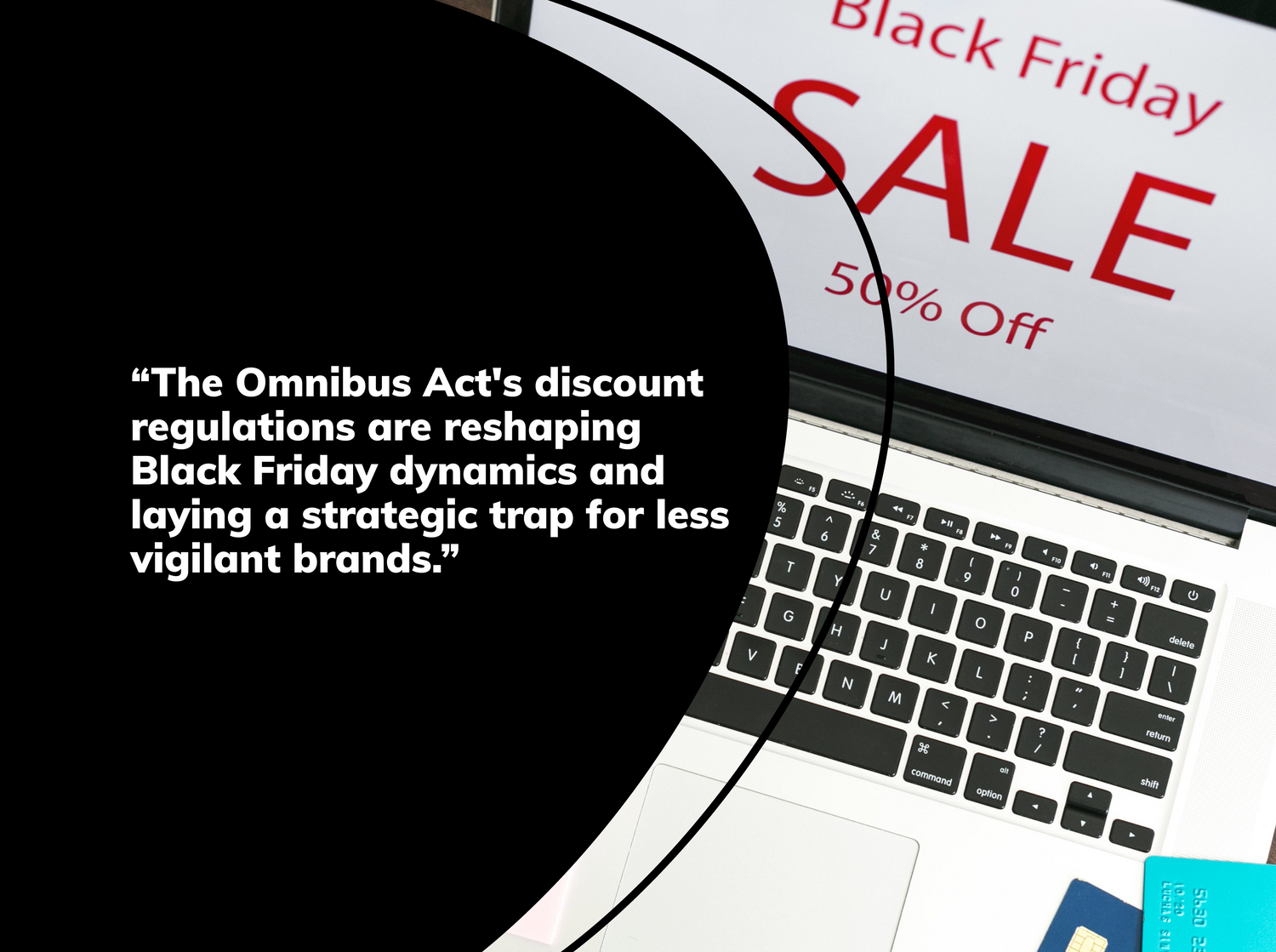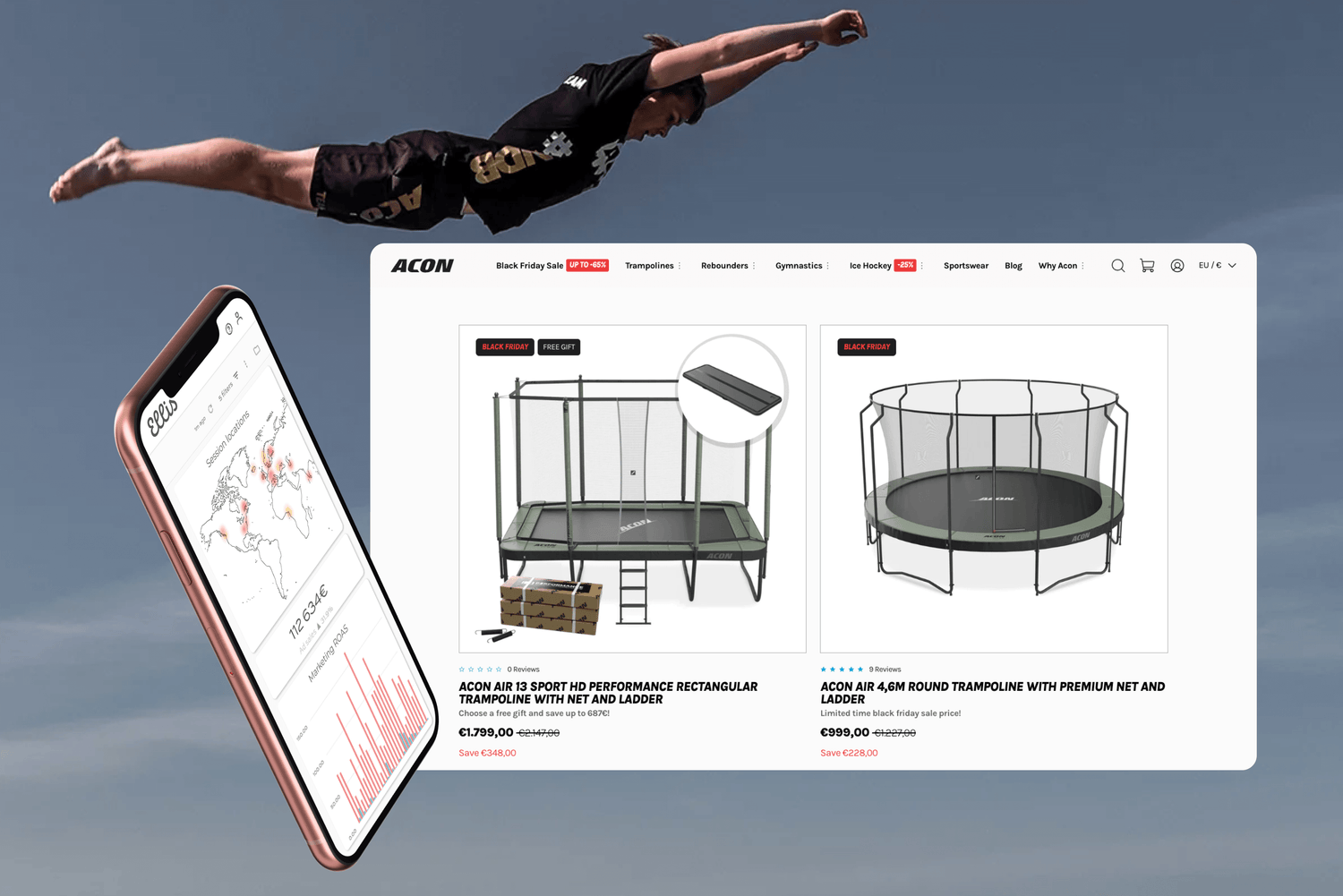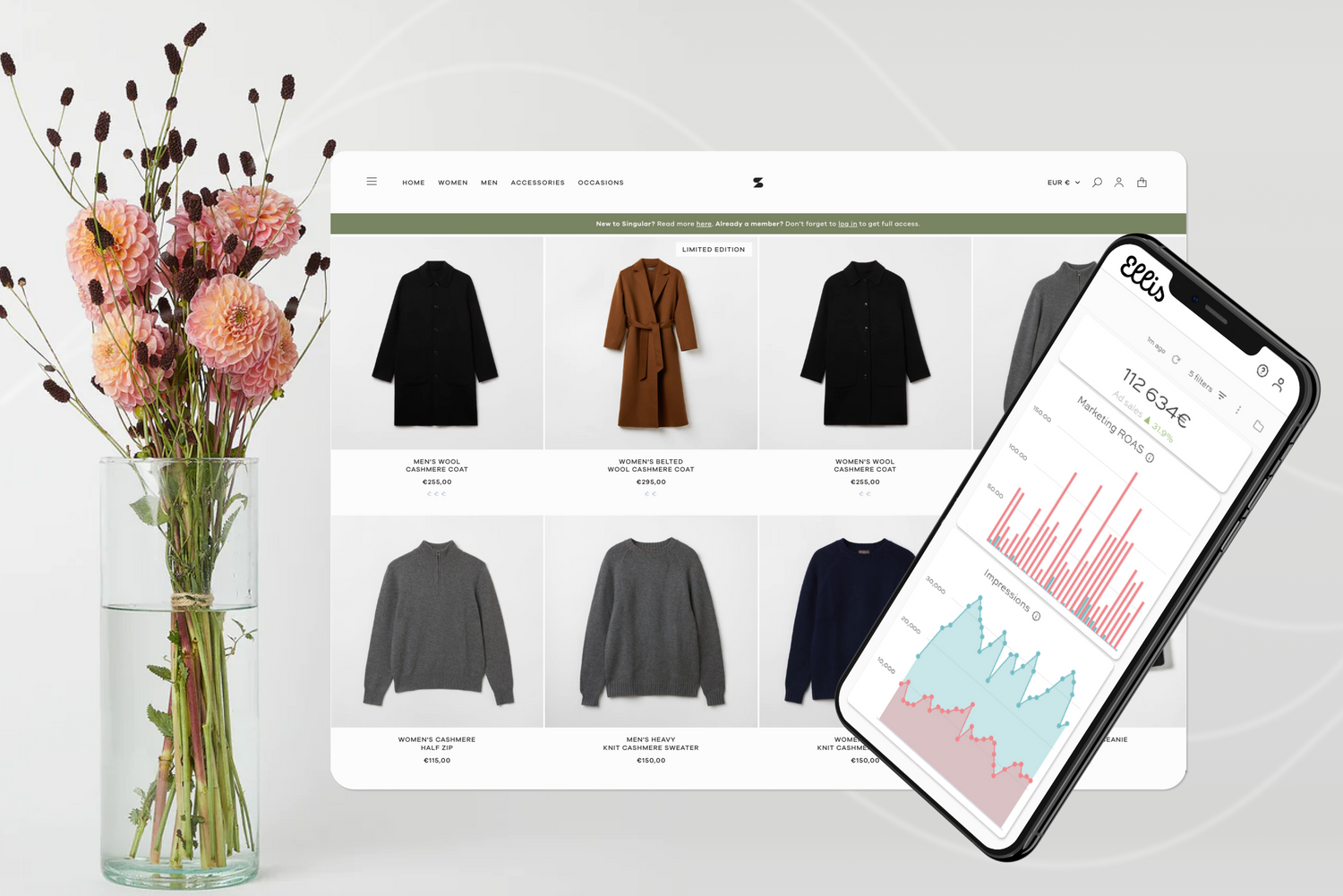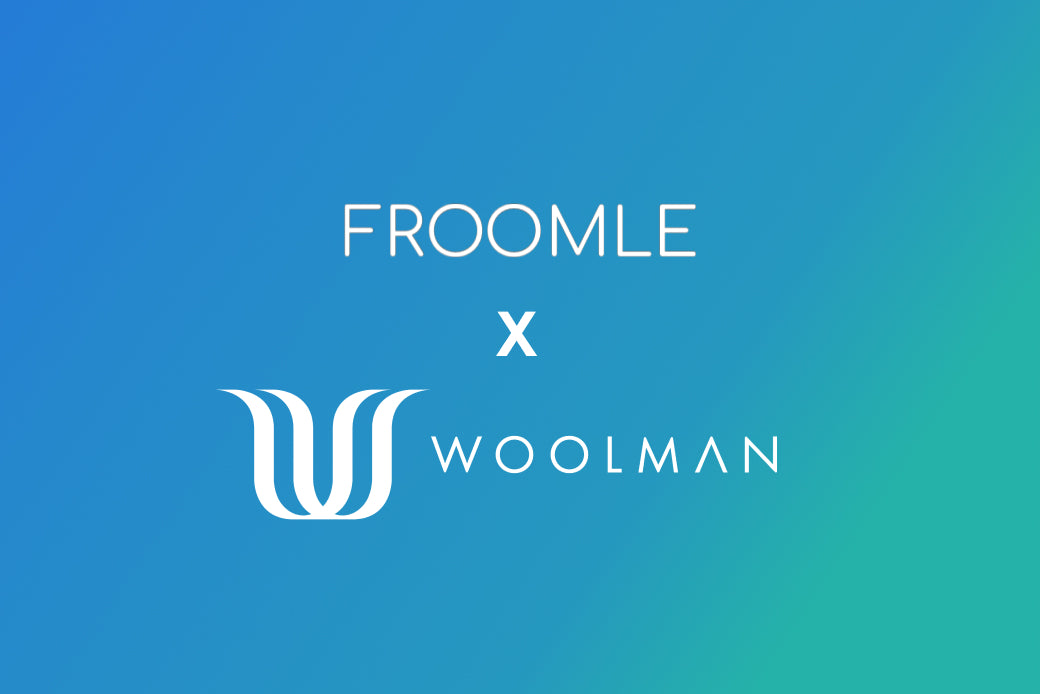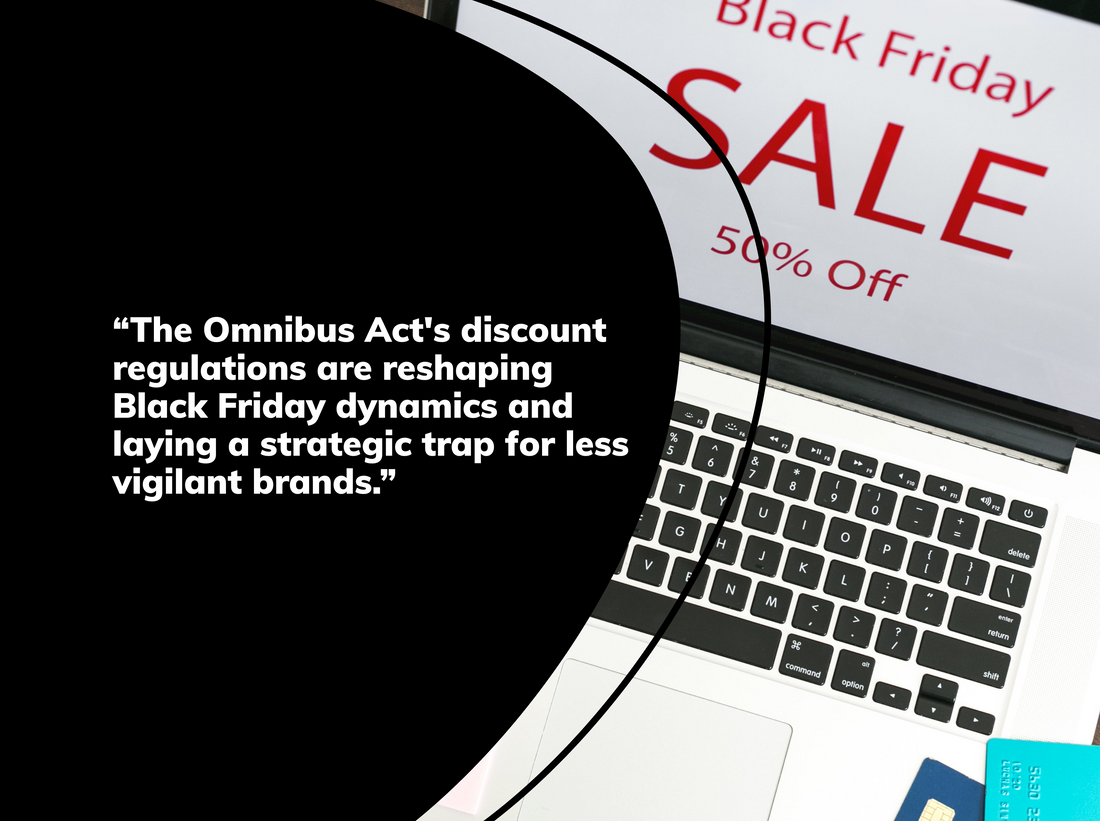
In the world of retail, few events carry as much weight as Black Friday. Over the years, this iconic shopping day has evolved, particularly in the realm of e-commerce. Today, we delve into its history, the strategies employed by brands, and the astounding growth in sales.
The Evolution of Black Friday in E-commerce: From Sales to Strategies
Black Friday, initially a brick-and-mortar retail phenomenon, traces its roots back to the 1960s. This post-Thanksgiving shopping frenzy was coined to describe the chaos and heavy traffic that ensued as shoppers rushed to stores in search of unbeatable deals. It wasn't until the late 2000s that e-commerce truly embraced Black Friday, offering consumers the convenience of shopping from their screens.
The E-commerce Revolution
As the internet became an integral part of our lives, retailers recognized the potential of e-commerce. This marked the beginning of a new era in Black Friday history. Traditional stores started to expand their presence online, while digital-native brands flourished. The emphasis shifted from queuing outside physical stores to eagerly refreshing web pages, all from the comfort of one's home.
Brands and Their Black Friday Strategies
In this digital landscape, brands have had to adapt and evolve their Black Friday strategies. A few trends have emerged:
- Extended Sales Events: Many brands no longer limit their deals to just one day. Instead, they extend Black Friday sales into a week-long event or even a month, giving consumers more time to snag bargains.
- Online-Exclusive Deals: E-commerce brands leverage their online platforms to offer exclusive deals that can't be found in physical stores. This entices consumers to go digital.
- Early Access: Loyalty programs and email subscriptions often grant customers early access to Black Friday deals, fostering customer retention and engagement.
- Mobile Optimization: Given the surge in mobile shopping, brands are optimizing their websites and apps for a seamless mobile experience.
The Meteoric Rise in Sales
The numbers speak volumes about the success of Black Friday in e-commerce: In 2020, e-commerce sales on Black Friday reached an astounding $9 billion in the United States alone, according to Adobe Analytics. Globally, Black Friday online sales in 2021 surpassed $10 billion, showcasing the expanding reach of this phenomenon. Furthermore, the pandemic accelerated the shift to online shopping, and e-commerce's share of overall retail sales continues to grow.
The Omnibus Act: Shifting the Black Friday Landscape
But instead of focusing on history and strategies of Black Friday, we want to direct all our customers' attention to the Omnibus Act, bringing a game-changing shift to the table. The regulation of discounts is altering the dynamics of Black Friday and setting a trap for brands that aren't vigilant.
Navigating the New Rules
So, what should brands keep in mind as they plan their Black Friday discounts in the era of the Omnibus Act?
- Transparency is Key: With stricter regulations on pricing, it's vital to be transparent about your discounts. Ensure that your customers know exactly what they're getting.
- Avoid Deceptive Practices: The Omnibus Act cracks down on deceptive advertising and pricing practices. Brands must steer clear of misleading customers with false discounts.
- Competitive Pricing: In a landscape where every discount must stand up to scrutiny, brands must focus on competitive pricing strategies that offer genuine value to customers.
Last-Minute Tips for Black Friday Success
With Black Friday just around the corner, here are some quick tips to ensure your brand maximizes its success:
- Plan Ahead: Don't leave your Black Friday strategy to the last minute. Plan your discounts, marketing campaigns, and inventory management well in advance.
- Engage Early: Start engaging with your audience early to build anticipation. Use email marketing, social media teasers, and sneak peeks to create excitement.
- Mobile Optimization: Ensure your website and mobile app are optimized for the surge in mobile traffic during Black Friday.
- Customer Support: Have a robust customer support system in place to address any issues or inquiries promptly.
Woolman's growth and e-commerce expert Anni Marin says: "Every brand needs to be careful now. Products included in Black Friday offers should have been sold at the regular price for a minimum of 30 days. And it's a good idea to allocate some buffer for this, especially if the start date isn't precisely planned, and you react, for example, based on when competitors begin their campaigns. Year after year, it seems to start earlier and earlier! This requires that discounts and products be planned well in advance for Black Friday and the preceding months, practically before October, everything should be well thought out.”
“Now, as we're already at the end of September, our tips for brands are:
- Alternative approaches: Gradually reduce the prices of products that are already on sale, as long as the product hasn't been on sale continuously for more than 60 days.
- And there are also alternative approaches such as different bonuses, quantity discounts, or discounts targeted only at loyal customers.
So, precision and creativity are needed with the Omnibus Act," Marin concludes.
_______________________
We're here to assist. Let's create a Black Friday experience that keeps your customers engaged!



